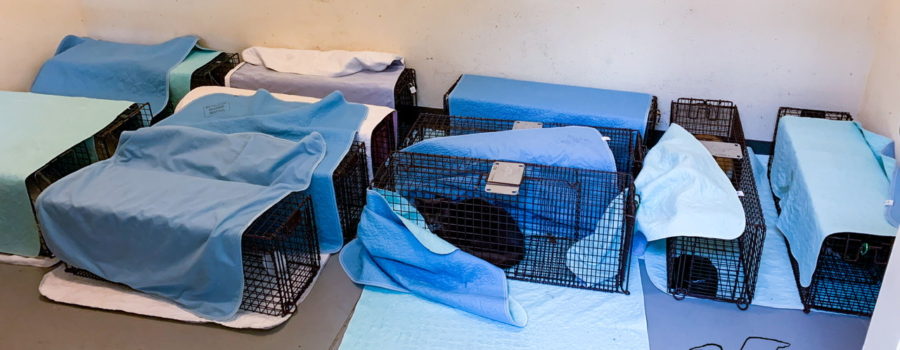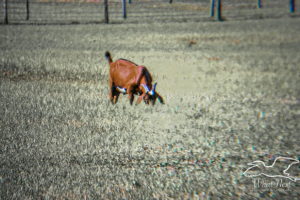How to Turn Around a Bad Time in TNR

I’ve been taking part in TNR (Trap/Neuter/Release) programs for feral cats in one way or another, with various organizations, since I was a vet student. Over the years I have seen a lot of things go great, and some incredible things go wrong. We’ve been doing TNR here at the shelter where I work for just over four years now, and in general we have a pretty good system going. It’s usually myself and my friend Mary that do it month after month, and we’ve had some other great volunteers who have helped out when they can. Normally we schedule twenty cats per day, and we do it once a month. There is almost always someone scheduled that cancels or people who can’t trap as many cats as they signed up for, so we’ve never had a full twenty show up.

Last month we had eighteen of the twenty come in, and most of them were females (females are more time consuming than males are), so we were very excited that it would be a great day, and we would be doing a lot of good. Both Mary and I came in a little early to get a good start on the day (I am not a morning person, so that’s probably what threw the whole day off!). From there things just spiraled down, down, down. To start the day off, I began to draw up a dose of the anesthetic that we use, and dropped the entire glass bottle on the concrete floor. Of course, the bottle shattered and the medication flew everywhere. Normally, I keep multiple bottles on hand since we use it quite a bit, but that day I didn’t have any more (more was ordered, but wouldn’t be here until late afternoon). I was furious with myself!

Luckily, with a phone call to my old practice, I was able to get another bottle, but I had to send someone on a forty-five minute drive to get it. While we were waiting for him to get back we decided to try to use a different anesthesia method to get started with one or two of the more friendly cats. Normally we anesthetize the cats in their traps and don’t handle them at all until they are asleep (remember, these are feral cats!). This alternative would require handling cats that weren’t even sedated. We chose one of the females that seemed pretty calm, and everything went smoothly. She allowed handling without getting wild, she went under smoothly with no fight, and her surgery went just as expected, so we decided to start a second one.

The second one was a lot more feisty. She wasn’t too thrilled about being handled, but she did begrudgingly allow it. Then she fought the anesthetic and didn’t want to go to sleep. When we finally got her to sleep things seemed to get better. Her surgery was moving along normally when suddenly she stopped breathing! She started going from pink to bluish, and I knew we were in trouble. We gave her oxygen, atropine (a cardiovascular stimulant), epinephrine, and started CPR. At first, we had a heart beat, but no matter what we did, we couldn’t sustain it. After several minutes of working on her and her being quite blue, we knew we had lost her.

I very rarely loose patients. In our TNR program we have done over 500 cats, and until that day we had not had any deaths. We also do a low cost spay/neuter program for both dogs and cats, and are at over 700 animals in that program with only one death (we’ve also fixed thousands of stray dogs and cats that have come through this shelter over the years). Needless to say, both Mary and I were very upset. By the time I had called the caregiver and gotten everything cleaned up, our courier was back with our borrowed medication, so it was time to push on. But even with things seeming to be going back to the normal routine, it just wasn’t meant to be a good day! Join me next Friday in my veterinary medicine segment for the conclusion of this crazy story.





Recent Comments